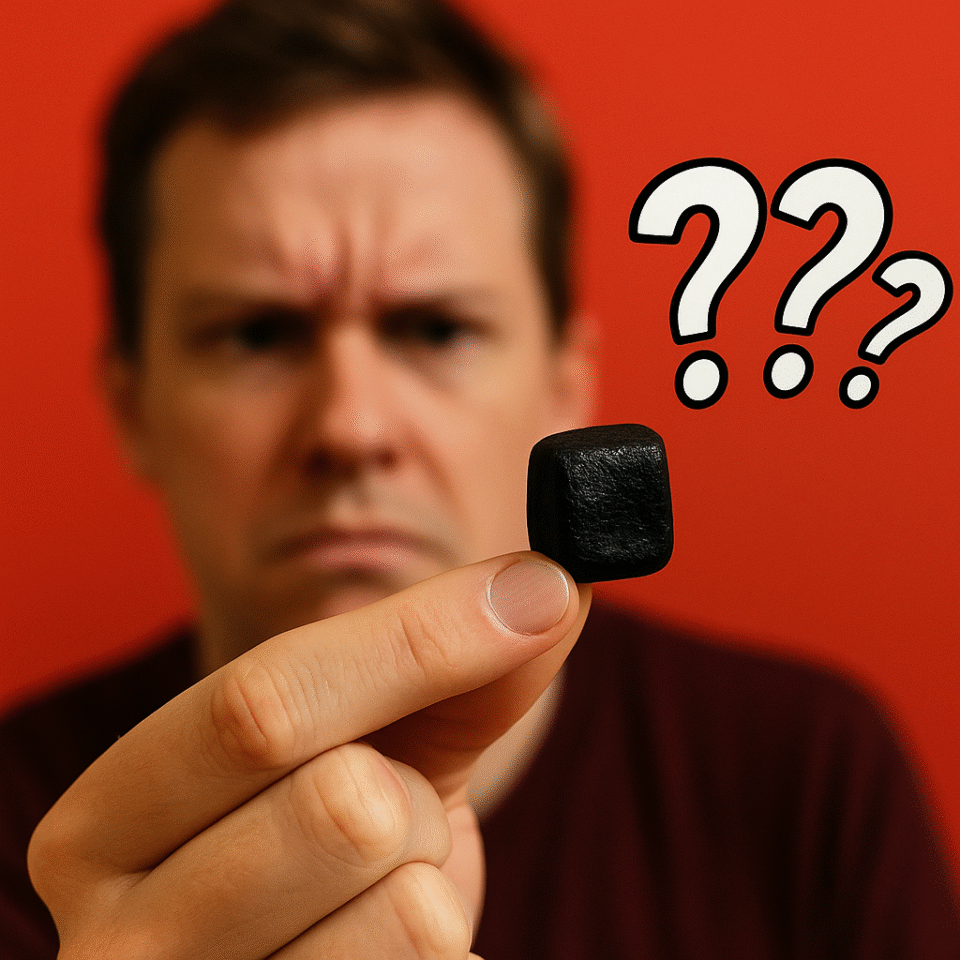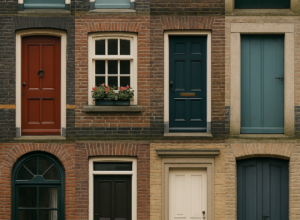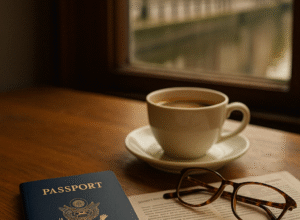Picture this: You’ve just settled into your new Dutch neighborhood when suddenly, one spring day, Canadian flags appear alongside Dutch ones. Tulips bloom in carefully arranged displays, and locals gather for parades celebrating “liberation” and expressing gratitude toward Canada.
As an American expat, you might wonder what you missed in history class—or what this Netherlands–Canada connection really means in everyday Du
This unexpected Dutch-Canadian bond is a fascinating cultural thread you’ll want to understand as you navigate expat life in the Netherlands. Here’s what you should know and how it can enrich your experience abroad.
The Historical Foundation: Why the Dutch Remember Canada
When Nazi Germany invaded the Netherlands in May 1940, the Dutch royal family fled to safety. Their destination? Canada. During their exile, Princess Juliana gave birth to Princess Margriet in Ottawa, where Canadian officials thoughtfully declared the hospital room “extraterritorial” so the baby would remain Dutch by birth.
But the connection runs deeper. Canadian forces played a pivotal role in liberating the Netherlands from Nazi occupation in 1945. After the devastating “Hunger Winter” of 1944-45—when thousands of Dutch citizens starved under German blockade—it was primarily Canadian troops who pushed through to free the northern provinces.
The Dutch have never forgotten this. Since the war’s end, the Netherlands has sent thousands of tulip bulbs to Canada annually as a gesture of thanks. Ottawa’s renowned Tulip Festival stands as a blooming reminder of this enduring friendship.
How You’ll Experience the Netherlands–Canada Connection as an American Expat
Even as a newcomer, you’ll notice this historical connection throughout Dutch life:
- Liberation Day (Bevrijdingsdag): On May 5th, towns across the Netherlands hold ceremonies, concerts, and parades. Look for Canadian flags, veterans (or their descendants), and commemorative displays.
- Personal Stories: Many Dutch families maintain personal connections to the liberation—grandparents who remember Canadian soldiers distributing chocolate and rations, or streets named after Canadian regiments.
- Cultural References: You might spot commemorative plaques, museum exhibits, or even casual references in conversation that assume knowledge of this shared history.
- Spring Celebrations: The tulip season itself carries subtle undertones of this relationship, particularly in official gardens and displays.
Why Understanding This Connection Matters for American Expats
This isn’t just historical trivia—it’s a key to deeper cultural integration:
- Cultural Fluency: Understanding the Dutch-Canadian bond helps you appreciate references, community events, and even neighborhood decorations that might otherwise seem puzzling.
- Conversation Bridge: Mentioning this history shows you’ve invested in understanding Dutch culture beyond the obvious. Dutch people are often surprised and delighted when Americans acknowledge this chapter of their history.
- Community Participation: Attending a Liberation Day event signals respect and interest in local heritage—moving you from “foreign visitor” to “engaged community member.”
- Perspective Shift: For Americans used to our prominent role in WWII narratives, this offers a valuable reminder that different nations remember the war through different lenses and heroes.
Practical Ways to Explore This History
If you’re intrigued and want to learn more:
- Visit the Canadian War Cemetery in Holten or Groesbeek—sobering but beautiful places of remembrance.
- Explore the National Liberation Museum in Groesbeek, which documents this period extensively.
- Simply walk through your neighborhood in early May—notice the flags, decorations, and community atmosphere.
- Attend a local Liberation Day festival with Dutch friends who can share family perspectives.
Bringing It Home
As an American creating a new life in the Netherlands, you’ll encounter countless cultural nuances that textbooks never covered. The Netherlands-Canada connection exemplifies how understanding these subtleties enriches your expat experience.
This particular historical friendship reveals something essential about Dutch culture: a profound appreciation for allies who stood with them during their darkest hours, and a commitment to remembering across generations.
By acknowledging and respecting this piece of Dutch identity, you demonstrate that you’re not just passing through—you’re genuinely interested in understanding the heart of your new home. And in the expat journey, that makes all the difference.








